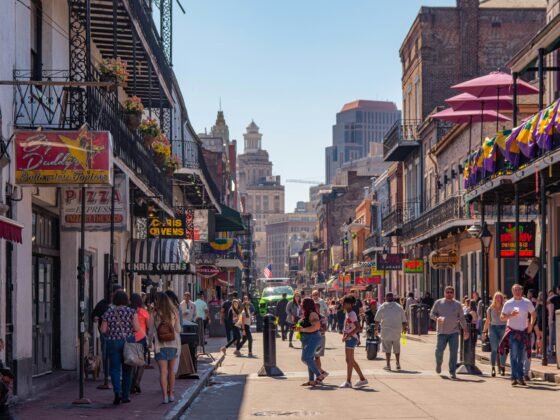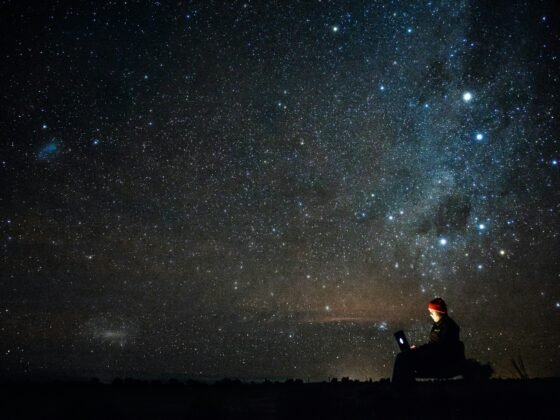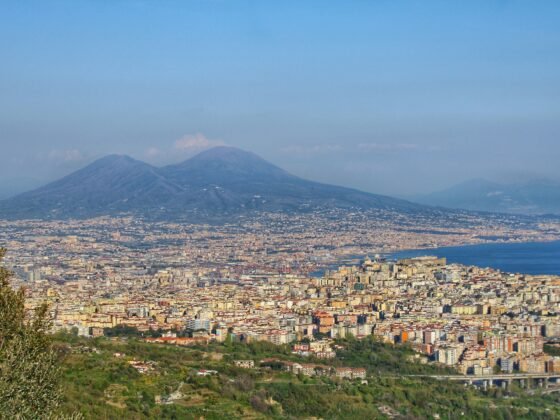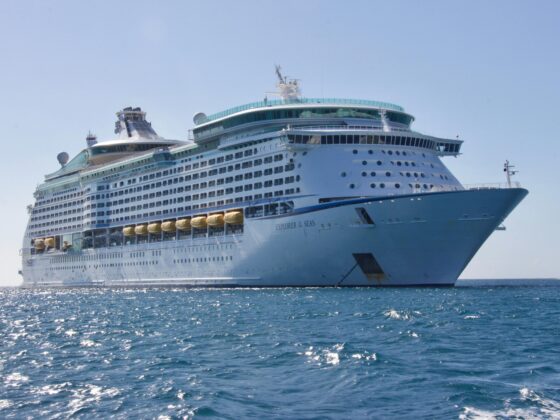Sadly there are hundreds of natural locations across the globe that face an uncertain future due to environmental and lifestyle factors. It’s entirely possible that many of the destinations on this list may be lost forever within a lifetime;
1. Glacier National Park, USA
Glacier National Park is located in the northwest of Montana in USA. The park was previously covered in glacier and snow, which is slowly melting away due to the rising temperatures resulting from global warming. It is estimated that there were approximately 150 glaciers located in different places of the park during the last century, but only 25 are remaining. According to a geological survey carried out by U.S. scientists, the glaciers are expected to completely melt away at the end of this decade. The beauty of the Glacier National Park will diminish if this happens, and the unique fauna and flora in the park will also be adversely affected by the loss of melt water.
2. Maldives, South Asia
The Maldives are a group of 1,190 islands found in the Indian Ocean. The Maldives are famous for their clear waters, white sands and tall palm trees. However, most of these islands are just three feet above the sea level, with 80 percent of them lying below three feet. One of the effects of global warming is rising sea levels, which will submerge these beautiful islands completely before the end of this century.
3. Great Barrier Reef, Australia
The Great Barrier Reef runs for 1,615 miles along the Australian north-eastern coast. The length of this unique ecosystem can be seen from space and is longer than the Great Wall of China. Apart from global warming that has led to an increase in the ocean temperatures, the ocean has also been polluted by chemicals. This has led to massive coral bleaching and Great Barrier Reef is slowly disappearing. If you’re unable to get there in person, Google Maps has just added the Great Barrier Reef to their amazing underwater image library.
4. Everglades of Florida, USA
This subtropical wilderness made of mangroves is located in southern Florida and covers 1.5 million acres. It is the largest mangrove forest within the western hemisphere and supports a diverse fauna and flora. The forest has been encroached by human activities ranging from diverting water for farming to urban development. Before 2009, there was a boom in the housing industry in America. Florida was one of the states that took advantage of this boom and millions of houses were constructed. Human encroachment has reduced the size of the everglades by a half, which made the Congress to approve a plan for their restoration in 2000.
5. Venice, Italy
Venice is a beautiful, charming city, which is a favourite destination for many honeymooners and tourists. This lagoon city is slowly disappearing due to the rising sea levels. This was evidenced by the cracks on the old buildings as the rising salty waters from the Adriatic Sea are slowly eroding these beautiful structures. Every year, the city is sinking at the rate of 0.08 inches and floods have become a common phenomenon.
Do your bit to preserve the planet with our guide; 10 Easy ways to be the Ultimate Eco Travel Saint and Essential Tips on being a Responsible Traveller. This year’s World Tourism Day 2012 focuses on sustainable travel and all travellers are called to mark the day by making their own pledges.
6. Polar Bears, Arctic
Polar bears live in the Arctic in places such as Manitoba. They have adapted to this cold environment and freely hunt for food. However, the rising global temperatures are melting the glacier and ice in the Arctic at an alarming rate. Most scientists are worried that if this trend continues, the world will lose two thirds of the polar bear population by 2050.
7. Barrier Reef, Belize
This coral relief barrier is located in Belize and is the largest in the southern hemisphere. Pollution and rising sea temperatures have led to coral bleaching, which is wiping out the unique staghorn coral that is predominant in this region. The mangroves are also disappearing due to increased urban development in the area.
8. Atsinanana Rainforest, Madagascar
Madagascar is the fourth largest island in the world and is endowed with a unique ecosystem that is not present in any other part of the world. A century ago, the island was covered by 120,000 square miles of rainforest. Deforestation has wiped away a huge chunk of this forest and only 20,000 square miles are remaining today. If the rain forest completely disappears, most of the fauna and flora, such as lemurs will follow suit. Although the government has set up game reserves to protect these endangered species, they can only hold a few animals so some of them will still disappear.
9. Dead Sea, Jordan and Israel
The Dead Sea is the most salty sea in the world and is the lowest point in the world at 1388 feet below sea level. The sea attracts a lot of tourists since its waters are rumoured to contain certain beneficial chemicals that heal any skin problems. The source of the Dead Sea is River Jordan, whose waters have been diverted for farming activities and drinking. The Dead Sea is slowly shrinking since most water from River Jordan is diverted to cater for human needs. It is estimated the sea is shrinking at the rate of four feet per year and might dry up in the next 25 years.
10. Patagonian Ice Fields, Chile
The Patagonian ice fields located in Chile are the third largest in the world. They are disappearing at an alarming rate as the rising global temperatures are melting the ice and glacier from the mountains. Most glacier lakes in the region have completely disappeared due to global warming. The ice fields will lose their aesthetic appeal, if the mountain glaciers continue melting.












